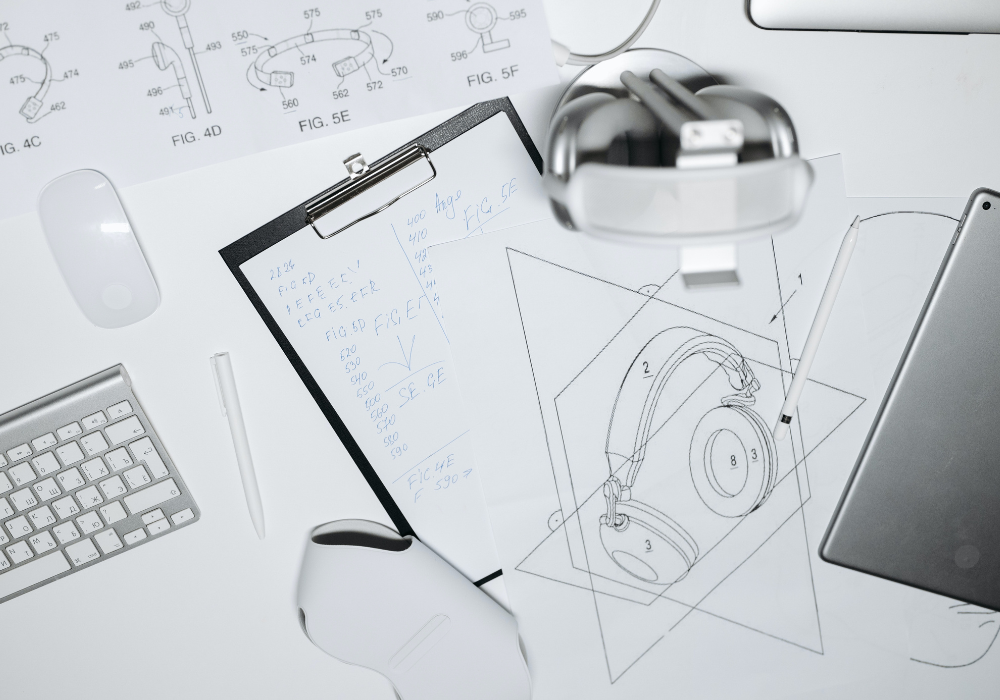5 Exciting Facts About Product Label Design You Didn’t Know

The global packaging market size is expected to grow by leaps and bounds, with the largest growth expected in the Asia-Pacific region. That’s a massive growth potential, which signifies how important prime and secondary labels of a product are pivotal for product marketing and packaging. If we take a look at the Indian market scenario, the packaging market can register a 12.6% Compound Annual Growth Rate (CAGR) between 2022 and 2027. That speaks volumes about the rise and extent of the packaging market. And where packaging is involved, labeling would inevitably be an integral aspect of it. Prime labels are often the first thing consumers see about a product, and they need to be appealing to grab their attention. We take a closer look at the importance of a product label design during the design and development process.
How Product Label Design Affects Consumer Behavior
According to a study by Nielsen, to understand the impact packaging can have on purchasing decisions. Given the strong impression an attractive package can make, let’s look at how product label design can come into play.
1. Use Colors That Reflect the Brand
Firstly, your product label should contain colors that reflect the overall brand aesthetic. But be sure you make wise choices to ensure that your selected hues work with the product and how it has been packaged. For instance, they shouldn’t clash with the content of a clear bottle or container.
Another factor that comes into play is the vibrancy of the shades you pick. Brightly colored product label designs attract shoppers’ attention. Adding borders, bold lines, and stripes, for instance, might help your product stand out from competing brands.
From an overarching, purely aesthetic perspective, customers will pause and take notice of your brand if the colors, material used for the label, and supporting graphics are used consistently and harmoniously.
2. Pick an Appropriate Shape and Size
Choosing the perfect size and shape for your product label is also crucial. The right fit will depend on the product packaging you are using. For instance, you will have to choose a full wrap or back and front labels for round containers.
3. High-Quality Images
Adding high-quality images to your product label can make it stand out. Get the labels printed on high-quality printers to justify the top-notch graphics and images.
4. Clearly Displayed Benefits
You must prominently mention a few benefits of your product on its front label. The benefits often help attract attention as most customers invariably study the product label before making a purchase. Therefore, the label design should not be difficult to read. In the case of food items, for example, nutritional information present on the label often pushes individuals to choose healthy foods and encourages better eating. (Of course, the nutritional information on the product should match the claims made on the label.)
5. Contact Details
Your product label must contain information regarding how your customers can reach you. Your contact details can be anything from your website or social media to your phone number. Usually, such information is provided on the back label.
Also Read: 5 Impactful Ways to Develop Product and Consumer Interest in the Market
How Product Label Design Improves Brand Recognition
1# It Provides the Brand a Unique Identity
A product label helps customers easily identify your products. The label helps differentiate your product from similar ones placed next to it on store shelves.
2# It Accommodates Information About the Product
Labels offer important information about your product, like its size, ingredients, and instructions to use it. The information brings your product to life while providing customers with useful details.
3# It Helps Market Your Product
Marketing is crucial for attracting customers to your product, and a label can help ensure this. The designed elements on the packaging, for instance, can attract potential customers and encourage them to buy your product.
4# It Aids with Product Comparison
Product labels contain all the details required to differentiate your product from other similar ones. By comparing your product with that of competitors, labels can help customers make an informed purchase decision.
5# It Provides Details as Required by Law
For some products, labels are a legal requirement. In particular, food items and pharmaceutical products must state the ingredients in them for the safety of consumers. The labels are also often required to provide instructions on uses.
Common Mistakes to Avoid in Product Label Design
1# Don’t Opt for Generic Designs
Generic designs are unattractive and make it challenging for customers to differentiate your product from the competition. Therefore, you should always choose an innovative product label design that can successfully capture customers’ attention.
2# Avoid Illegible Fonts
Illegible prints on labels will cause potential frustration in the buying experience of customers. Without clear instructions on the label, your product might be completely unusable. Therefore, choose the font type, size, and color of your product label carefully.
3# Don’t Make Typos
Typographical mistakes or typos and other such errors can indicate inattentiveness and unprofessionalism. Clear and precise communication is crucial for building trust with customers. You can’t expect your customers to trust you if you aren’t putting the time and effort into ensuring your labels are completely error-free.
4# Get Rid of Uneven White Space
You must consider the layout of the white space throughout your label because it is an essential design element. The white space on your product label can create a balanced aesthetic, which is attractive to see. The neutral space in product design and development will ensure that your branding message pops out well.
Also Read: Minimum Value Products: Why is it Important for Product Development
Collaborating for Optimal Product Label Designs
Product managers should work effectively with graphic designers in order to create the best possible product label designs by keeping the following in mind:
1. Clearly Communicate the Requirements
Product managers must clearly convey the tone of your brand to graphic designers before they start working on your product label design. Telling them about your product and target audience will guide them in the right way to design an optimal label.
2. Respect Their Vision
As a product manager, you may know everything about your product. But it is the graphic designers who bring a sense of aesthetics to the table. If they offer you a specific choice—which may be different from what you want—be open to it. Try to understand why they think it’s a good idea.
3. Explain the Reason Behind Your Choices
This brings us to this point. If you are rejecting a layout offered by your graphic design team, you should explain the reason why. If you can accurately convey what you don’t want, they will be able to produce what you want much faster. Consequently, your entire product design and development process will be faster.
The only way to produce a great label is to work together as a team. Your goal, after all, is the same—a great-looking product design label that can spike up sales.
Accelerate Your Product Management Career with Emeritus
Designing the label is a crucial part of the product design and development process. Emeritus offers several product management courses that can help you understand the basics of product label design. So enroll now and find out how to leverage labels for successful sales!







